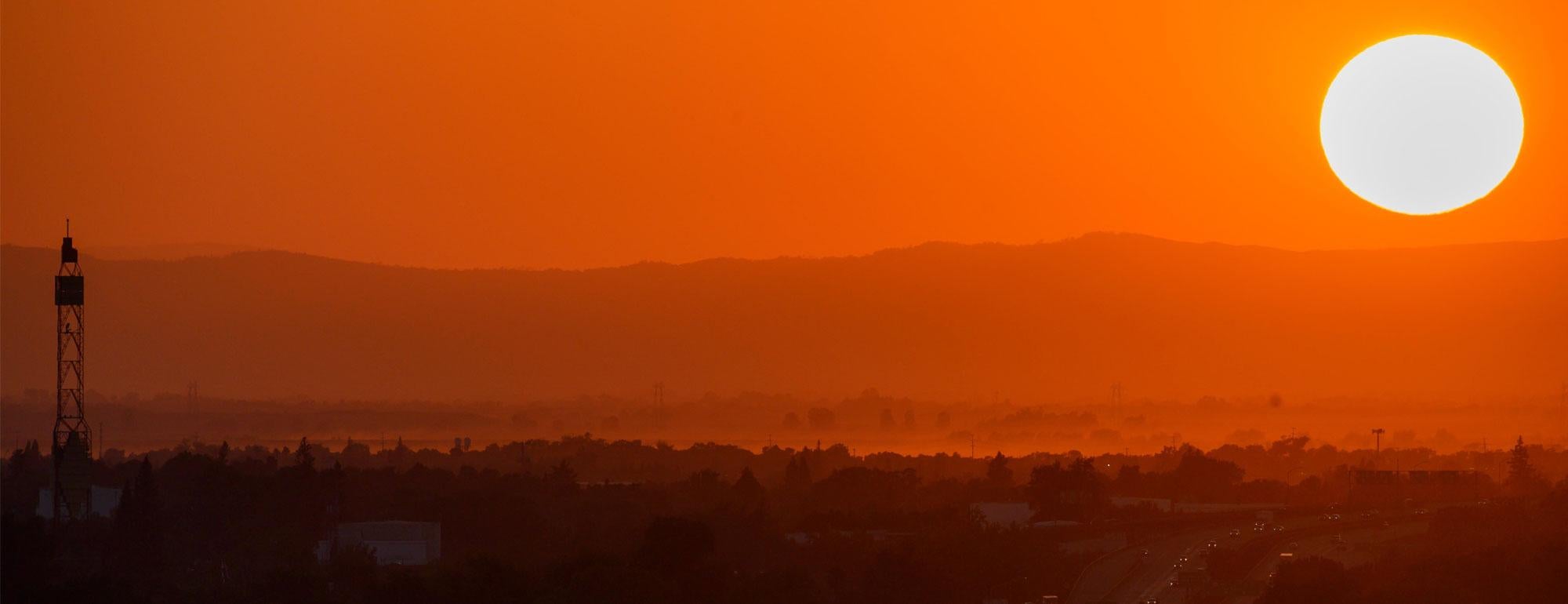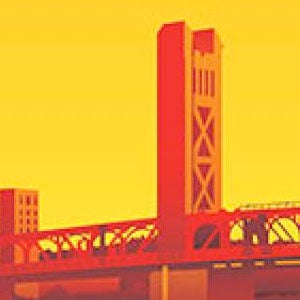
Guide to heat domes and how to prepare for them
Why is it so hot in regions of California?
Some areas of California are naturally hot due to their geography and Mediterranean climate. However, its hottest areas are exacerbated by climate change, leading to more frequent and longer periods of heat waves. Sometimes California’s heat waves are especially intense and long lasting because they are trapped within heat domes.
What is a heat dome?
A heat dome is when hot ocean air gets trapped over a large area, resulting in dangerously high temperatures. It occurs when high atmospheric pressure forms over a region, pushing air down, which heats as the air compresses. This forms a “lid” that seals to create a dome of trapped heat, setting the stage for heat waves.
What causes heat waves and heat domes?
A heat dome occurs when tropical Pacific Ocean temperatures rise significantly from west to east during the previous winter. This causes more air, warmed by the ocean surface, to rise over the western Pacific. As that air travels east, it gets trapped on land and forms a heat wave.

As California heats up, are we becoming Arizona?
Find out how the Sacramento region is preparing for higher temperatures.
How often do heat waves occur?
According to the Environmental Protection Agency, the frequency of heat waves has risen from about two per year in the 1960s to six per year during the 2020s. It is likely we will see their frequency continue to rise over the next decades.
How long do heat domes last?
Heat domes usually last up to four days, but they can linger for two weeks. On rare occasions, heat domes have lasted longer than two weeks, causing hundreds of Americans to die due to heat-related illnesses.
Are heat domes caused by climate change?
Climate change exacerbates droughts and warms the atmosphere, both of which intensify heat waves and heat domes. Although climate change does not directly cause a heat dome, its effects make heat domes more frequent, more intense, and as a result, more deadly.
Are heat domes dangerous?
Heat domes are dangerous for humans and animals. Not only can they create record-high temperatures during the day, but they also warm temperatures during the night. Children, the elderly and people with underlying health conditions are most affected by the heat.
High temperatures can cause a wide range of heat-related illnesses, such as heat rash, heat stroke, heat exhaustion, heat cramps and fainting. Look out for symptoms like heavy sweating, painful muscle cramps, dizziness, nausea and shallow breathing. Seek medical help as soon as possible if you might be suffering from a heat illness.
How do we prepare for heat waves and heat domes?
In the short-term, stay indoors during a heat wave if possible. Open your windows in the early morning to allow cool air in, then close them and draw your shades during hotter times of the day. Cooling your house naturally in the morning can reduce strain on the electric grid and help prevent rolling brownouts and blackouts.
When going out, be sure to wear at least 30 SPF sunscreen, sunglasses, and carry an umbrella. Stay in the shade as much as possible and be sure to drink plenty of cold water. These measures can help prevent skin cancer and heat-related illnesses.
In the long-term, plant more trees or create other shaded areas. Cities that have more trees are cooler by as much as 10 degrees. A tree shading a home can decrease cooling costs by 40%. Trees lower temperatures by blocking sun radiation and by undergoing a process called transpiration, losing water when their leaves are photosynthesizing.
Also keep in mind the inequities of heat. Historically marginalized communities, including Latino and Black communities in California, bear the brunt of extreme heat. UC Davis research showed that low-income districts in the Southwest U.S. are 4 to 7 degrees hotter in Fahrenheit — on average — than wealthy neighborhoods in the same metro regions. Policies and community efforts recognizing that disparity may help reduce it.
Read more about how trees are a heat solution.